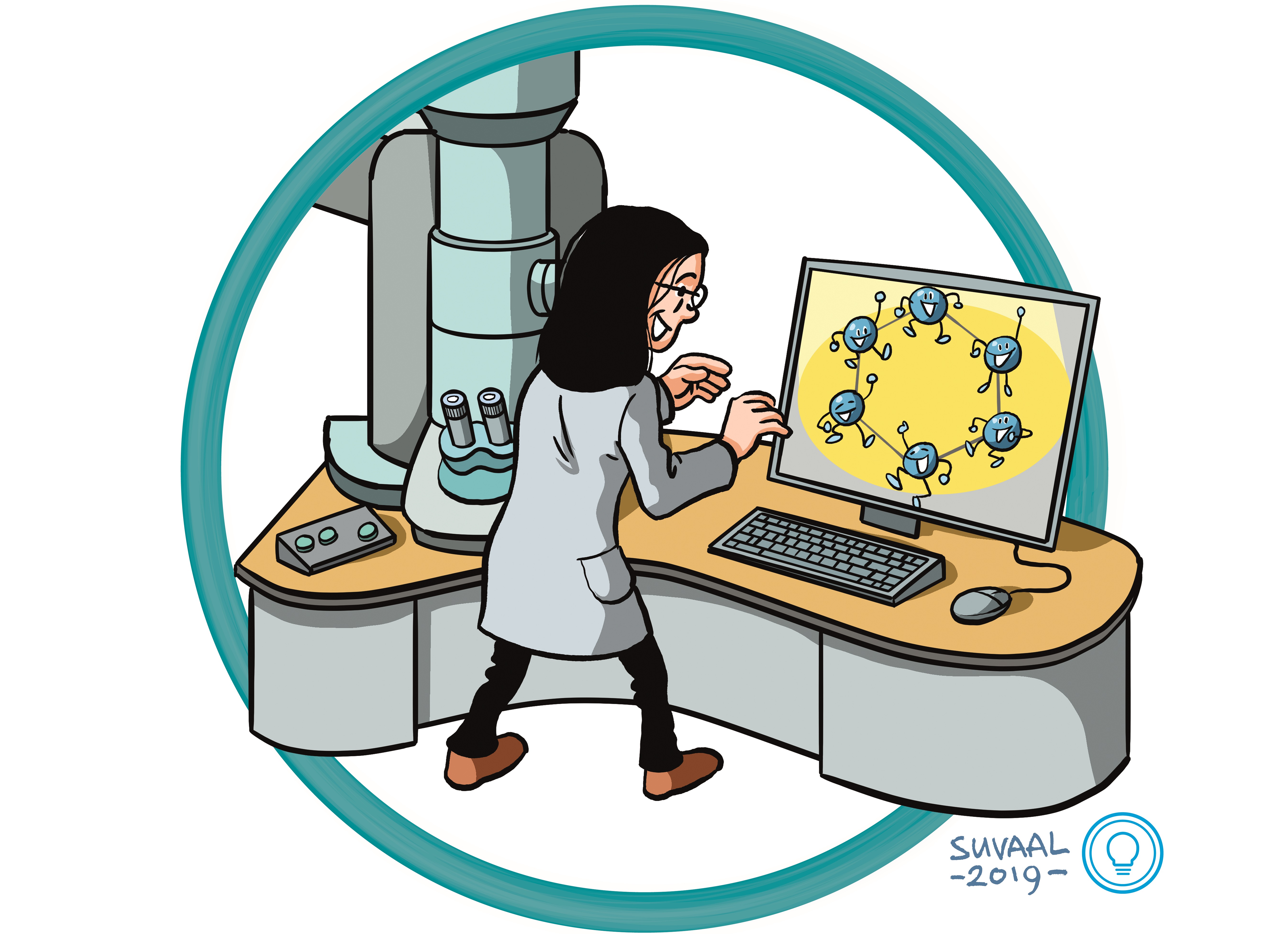Electron Nanoscopy of Quantum Materials
Themes: High Tech, Materials


A TRL is a measure to indicate the matureness of a developing technology. When an innovative idea is discovered it is often not directly suitable for application. Usually such novel idea is subjected to further experimentation, testing and prototyping before it can be implemented. The image below shows how to read TRL’s to categorise the innovative ideas.
Summary of the project
One of the driving forces of their research is to determine, understand, and control the properties of new materials at the level of single atoms and few atomic layers. In such extreme conditions, the physical properties of materials, and therefore devices built upon them, differ significantly from their bulk counterparts, especially so for Quantum Materials (QMs). The unique strength of their research program is the exploitation of recent breakthroughs in electron microscopy to achieve a mapping of the QM properties with unprecedented spatial and energy resolution. In turn, the characterization of engineered QMs will boost further progress in improving EM capabilities. This research program provides useful input towards important societal challenges from clean energy harvesting and storage to efficient low-consumption electronics.
What's next?
By pushing the limits of the electron beam as a precision probe, we can explore unknown properties of novel materials to an unprecedented detail. For instance, thanks to recent developments in electron microscopy instrumentation, such as the incorporation of monochromators to select the energies of the electrons that reach the sample, one could map the atomic vibrations in crystal lattices. This would provide an exciting input about how materials conduct electricity and heat. We could also use the electron beam for moving atoms around, to tailor the material geometry at the atomic level or to create new solid-state devices for quantum computing.
